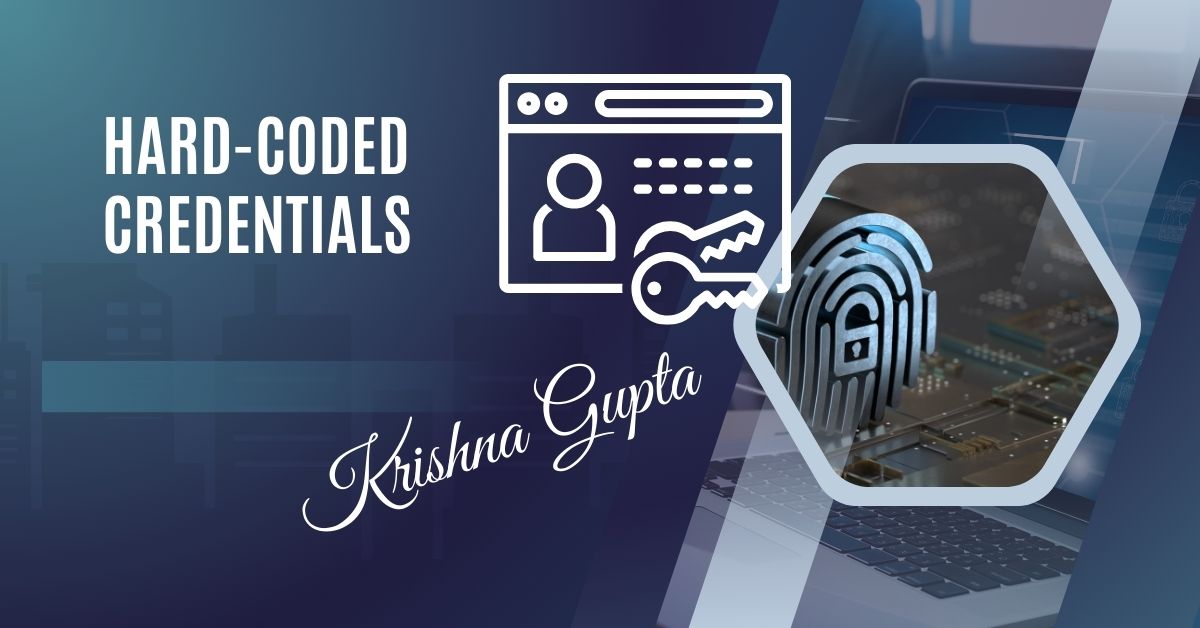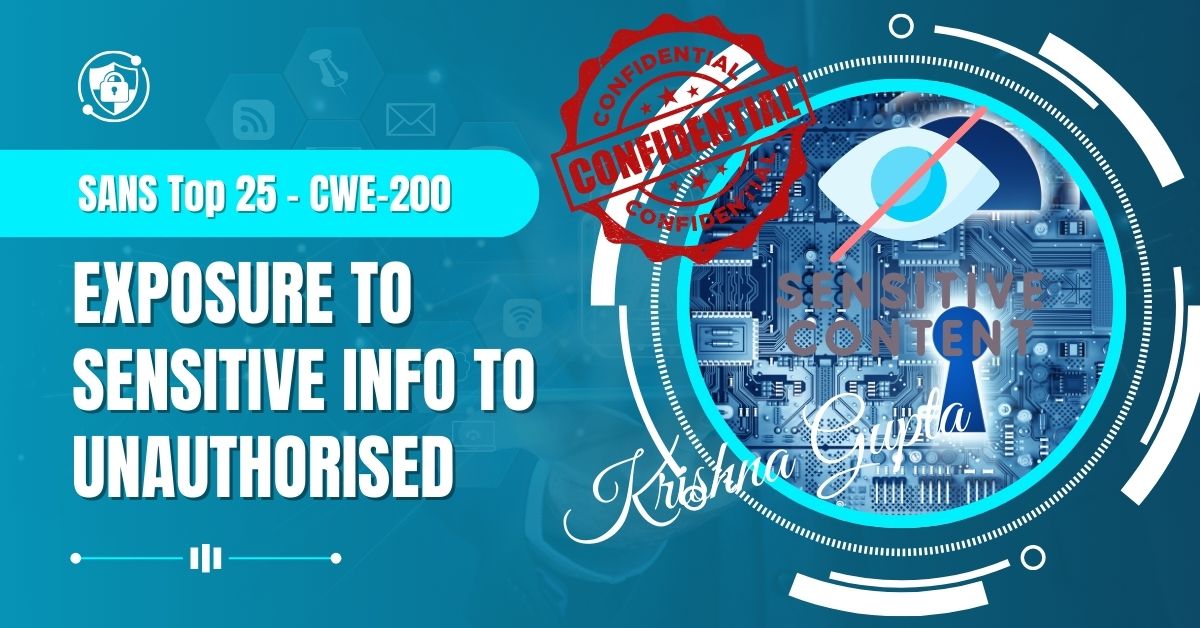K02: Supply Chain Vulnerabilities – A Comprehensive Guide for Software Developers and Architects
The modern digital landscape is increasingly dependent on complex software supply chains, making them a prime target for cyber threats. Supply chain vulnerabilities in software development can have far-reaching consequences, from data breaches to full-scale operational disruptions. Software developers and architects must understand these risks to design resilient systems and mitigate potential threats proactively.
This blog post will provide a deep dive into supply chain vulnerabilities, covering their origins, real-world examples, risk mitigation strategies, and best practices for securing software ecosystems.




